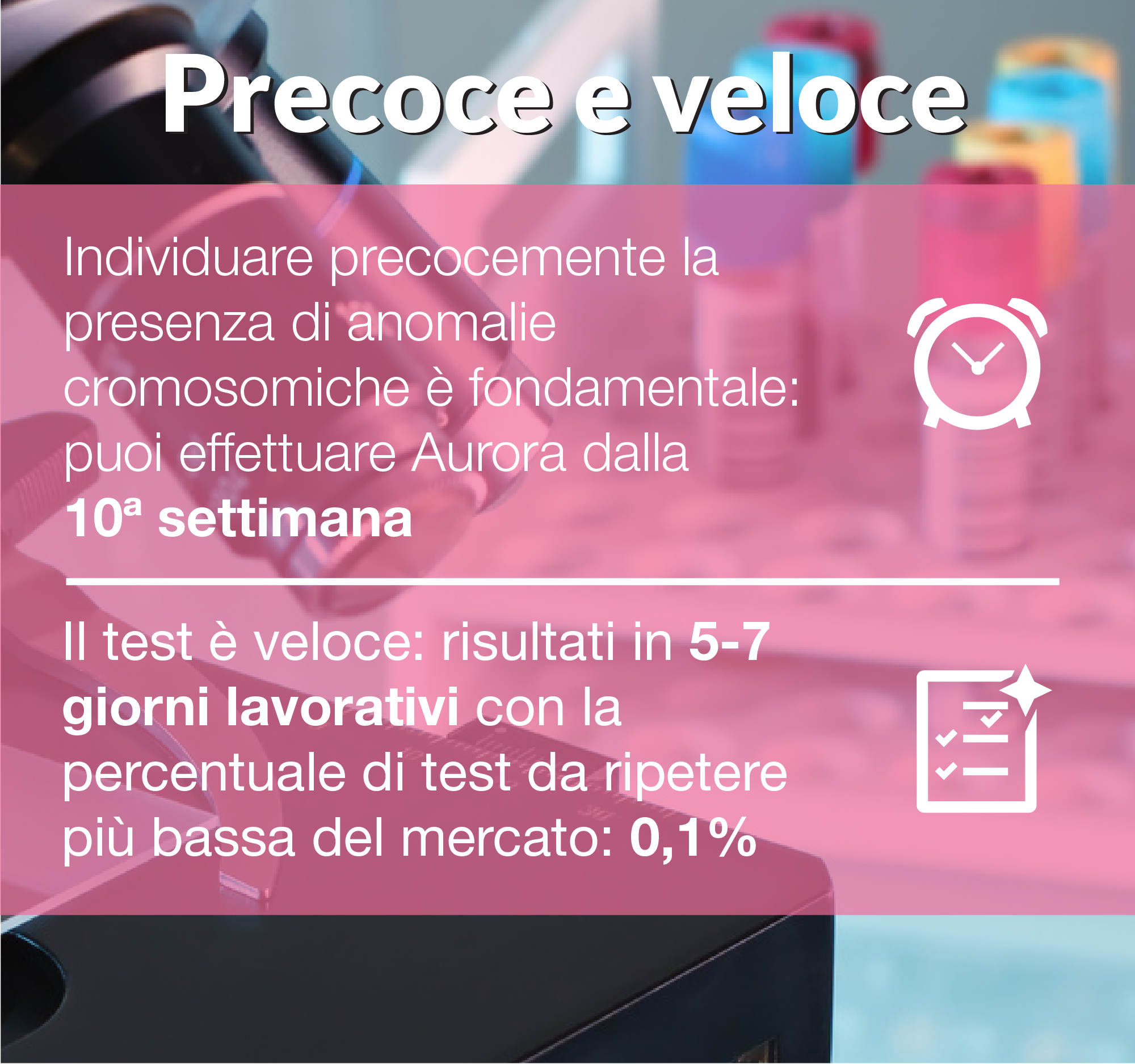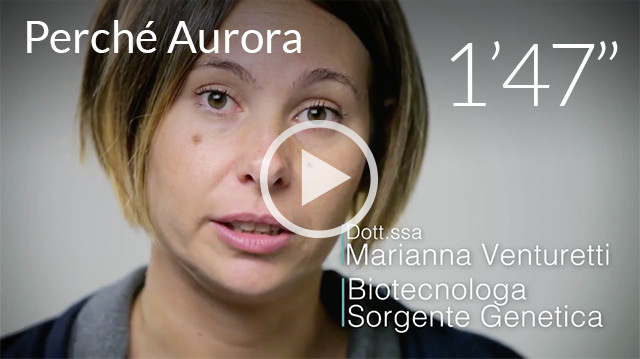In vitro fertilization involves a preliminary analysis of the embryos, to decide which ones to implant. The most reliable option today is given by pre-implantation genetic tests, which however have a problem: they are invasive. Researchers are therefore looking for non-invasive techniques to remedy the problem.
There are prenatal non-invasive tests with high reliability, able to identify all the most important chromosomal anomalies. This does not apply to genetic tests performed for IVF on embryos, which are characterized by a certain invasiveness. A recent article then analyzes the predictive abilities of morphocinetic parameters. The results for the moment are not encouraging.
The researchers studied the results obtained from various studies in this regard. Some of these have identified a partial association between embryo measurements and chromosomal characteristics. However, none of the studies identified criteria that would allow genetic tests to be replaced by themselves.
Based on the results obtained, for the time being the pre-implantation genetic tests remain the best available tool. They allow the identification of embryos with chromosomal abnormalities, which are therefore destined not to be implanted in the uterus. However, we must consider the usefulness of morphocinetic analyzes, which represent one more tool to select embryos.
For the time being, pre-implantation genetic tests remain invasive and expensive. They also oblige the cryopreservation of embryos throughout the procedure. But they are essential to avoid the transmission of genetic diseases, even deadly ones. Furthermore, just as there has been a revolution in prenatal testing, it is hoped that this will happen soon in these analyzes too.
Source: medscape.com



















